The Gnat Hitch is a simple knot that creates a strong connection to a tree, post, or a similar object.
It isn’t too popular because it’s a new knot, first documented in 2012. It was most likely used before 2012, but this is the first time when it was actually given a name.
Quick Guide: Tying the Gnat Hitch
To tie the Gnat Hitch, wrap it around the object and tie a half-hitch (steps 1-1b). After that, go behind the standing end (step 2) and through the left loop from the front side (step 2a).
To tighten it, pull the working end first, then the standing end, and then once again the working end. If used for critical loads, leave the working end longer to account for slippage.
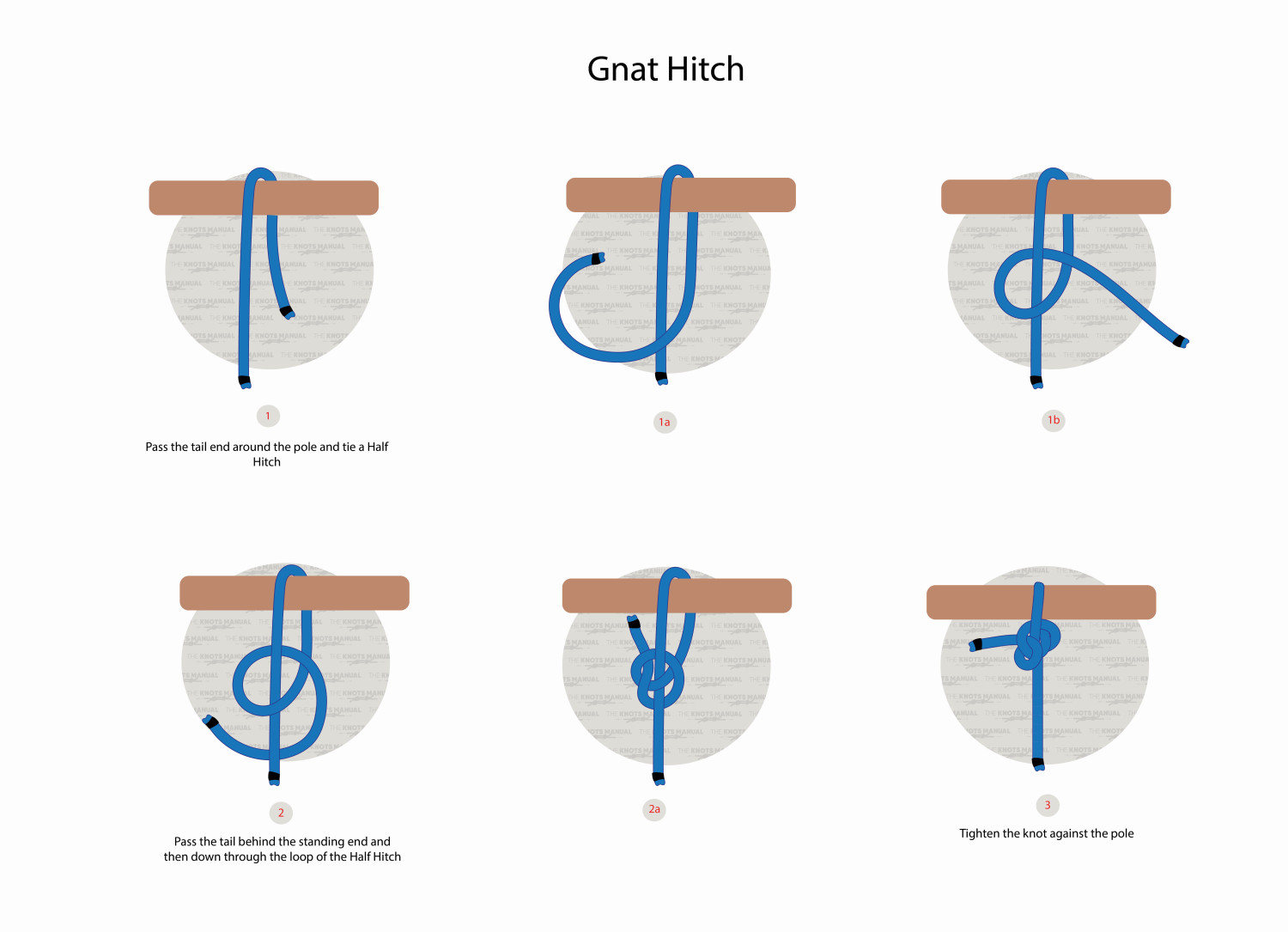
Pros and Cons of the Gnat Hitch
The main advantage of the Gnat Hitch is that it is very easy to tie and remember. It’s based on a simple half-hitch with an extra tuck under the left loop. You can tie it and tighten it very quickly and without much effort.
It’s also a very secure and foolproof hitch knot. Even when not properly tightened or under cyclical loads, this hitch is very unlikely to untie. It hasn’t been tested for its strength, but it feels similar in strength to the Buntline Hitch, if not stronger.
Another advantage is that it doesn’t jam, even under stress loads. It may be a bit more difficult to untie when using a smaller-diameter rope, but still doable without too much effort. It doesn’t jam as badly as the Buntline or Two Half Hitches, which are similarly strong.
Common Uses for the Gnat Hitch
The Gnat Hitch isn’t very popular, so it hasn’t found a common use yet. But you can use it anytime you need to tie a rope to a branch, tree, post, or something similar. It’s easy to tie, very strong, and doesn’t jam. In fact, we’d argue that it’s a better hitch than some of the more popular ones, like the Clove, Buntline, or Two Half Hitch Knots.
Knots Like the Gnat Hitch
Half Hitch: The simplest hitch knot out there, based on a simple Overhand Knot. It’s used in the creation of the Gnat Hitch. Use it only for temporary lightweight loads, as it isn’t very secure.
Two Half Hitches: A slightly less secure hitch compared to the Gnat Hitch. It consists of two Half Hitch Knots tied in a row. It also doesn’t jam too badly when loaded with shock loads, which is why it’s very commonly used.
Clove Hitch: A hitch that is simple to tie and has a very good binding function. Unfortunately, it isn’t as secure as the Gnat Hitch, so only use it for temporary, lightweight loads.
Buntline Hitch: A very secure hitch knot, similar in reliability to the Gnat Hitch. It’s also easy to tie, but it can jam very badly and become impossible to untie.
Anchor Hitch: One of the strongest hitch knots, usually used for permanent solutions. It’s even more reliable than the Gnat Hitch. Its only downside is that it jams very badly.
Timber Hitch: A hitch that’s usually used to pull large logs or hold timber while bringing it to the campfire. It isn’t very secure, but it’s easy to tie and binds very well.
Step-By-Step Guide: How to Tie the Gnat Hitch
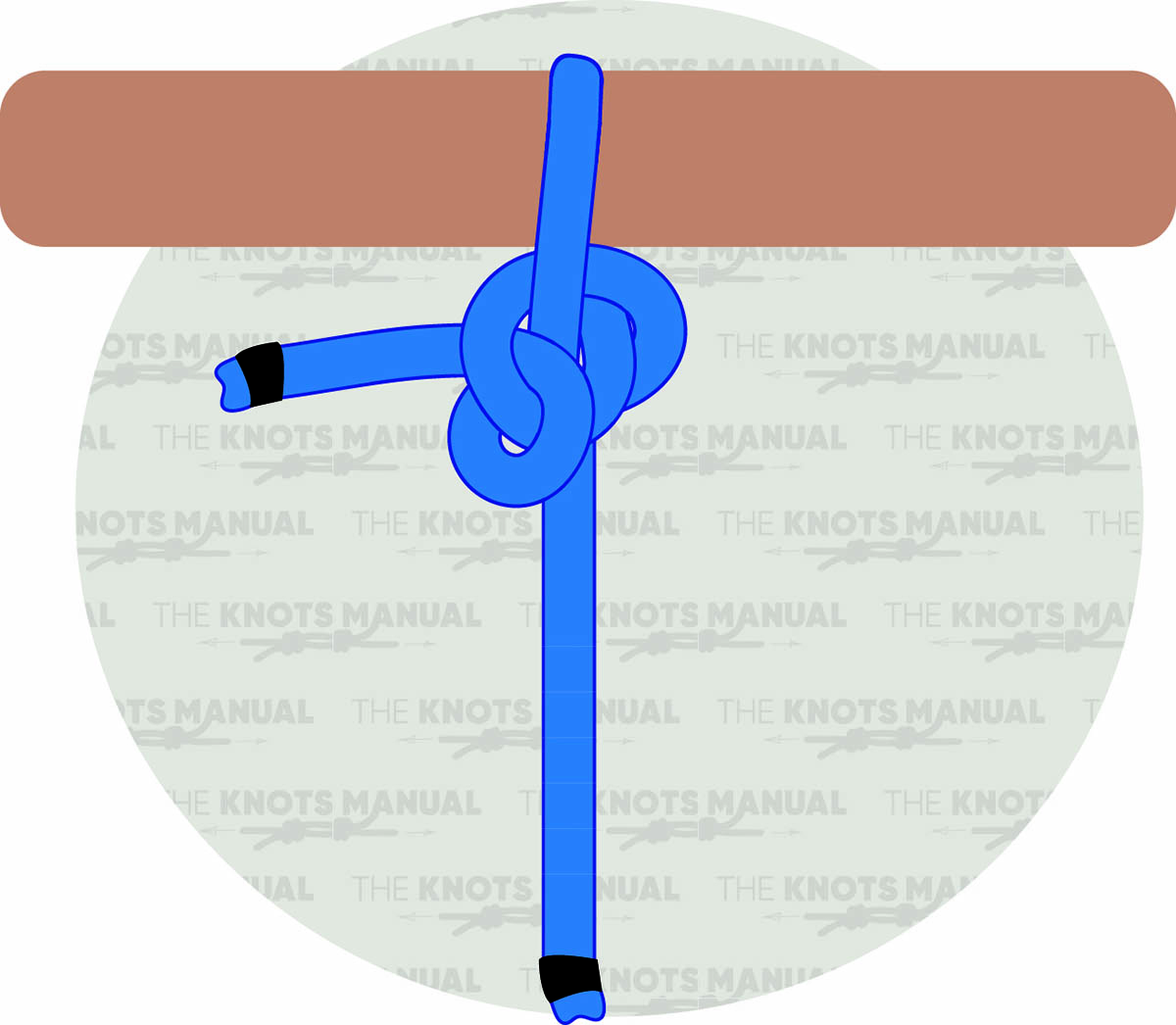
A step-by-step guide on how to tie the Gnat Hitch.
Step 1:
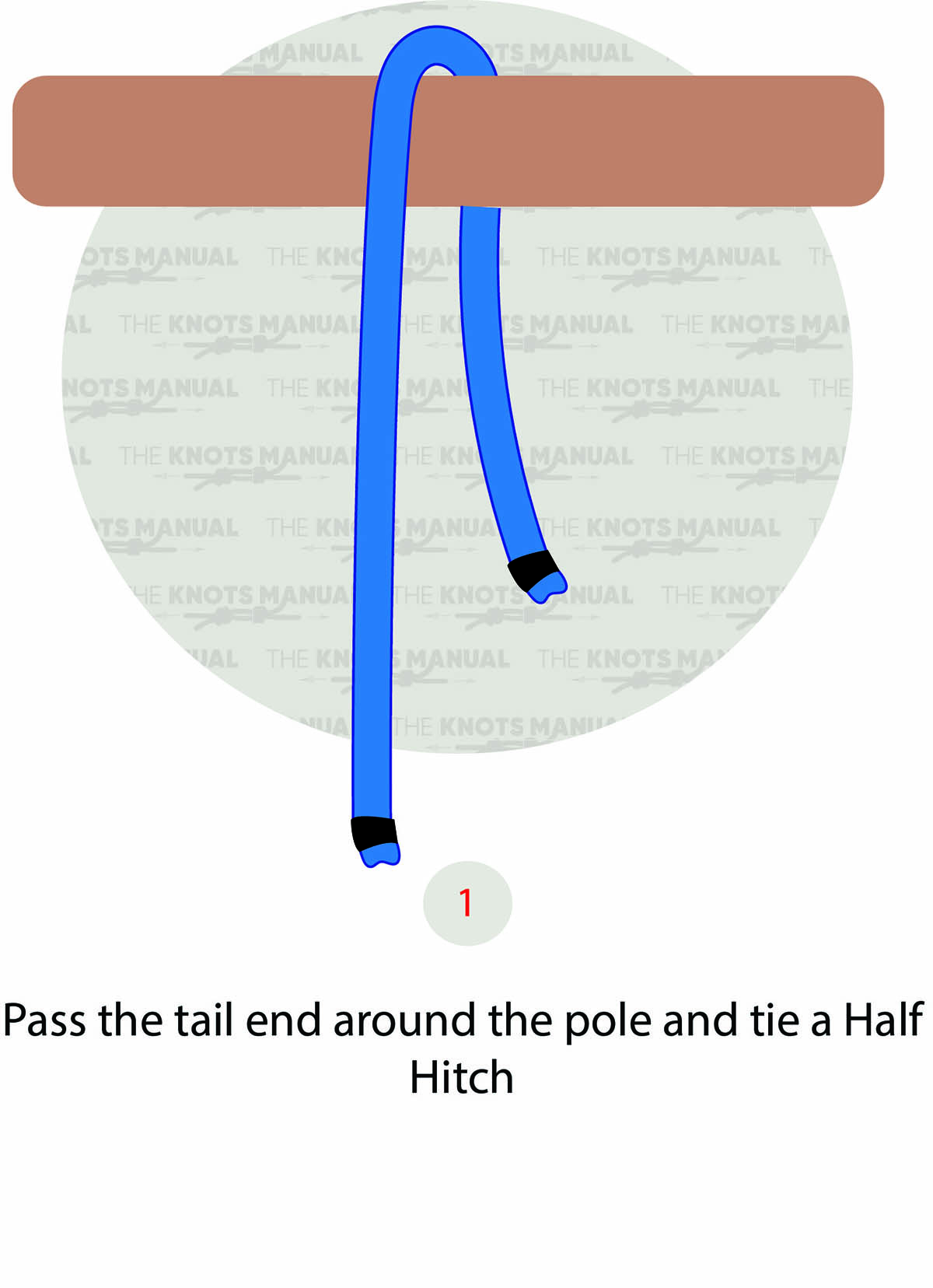
Pass the working end around the post.
Step 1a:
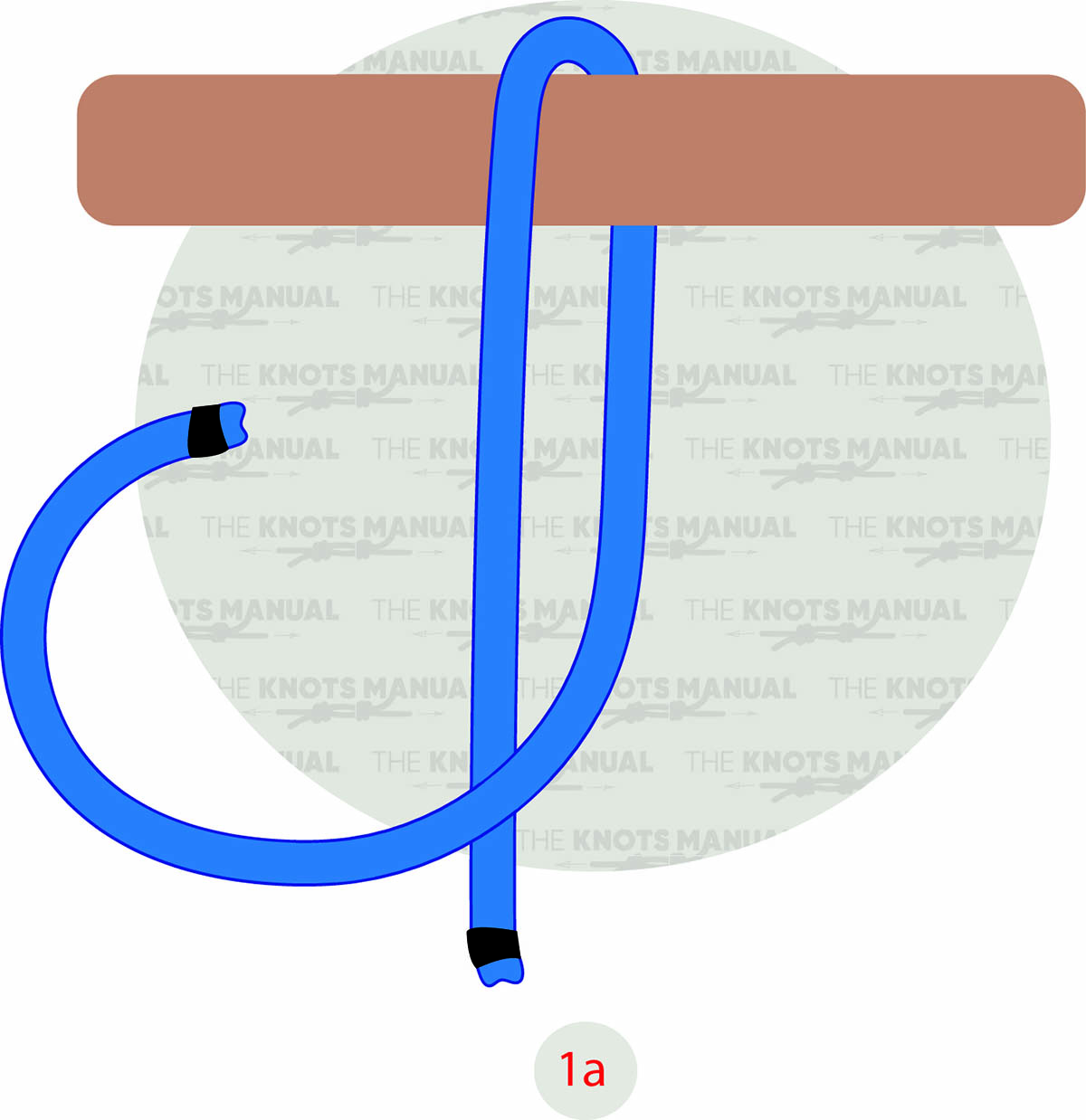
Put it in front of the standing end.
Step 1b:
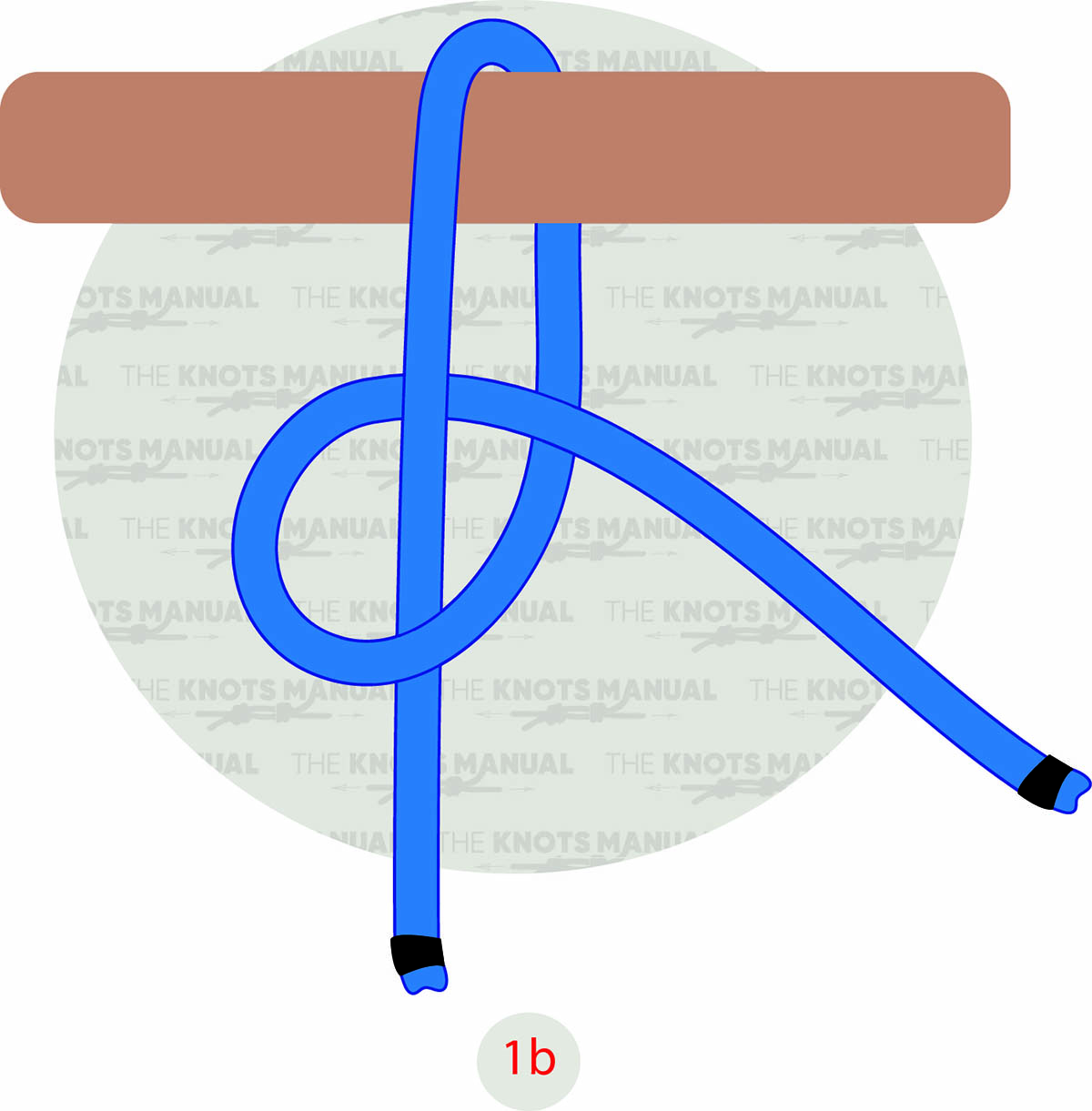
Then go through the formed loop to tie a Half Hitch Knot.
Step 2:
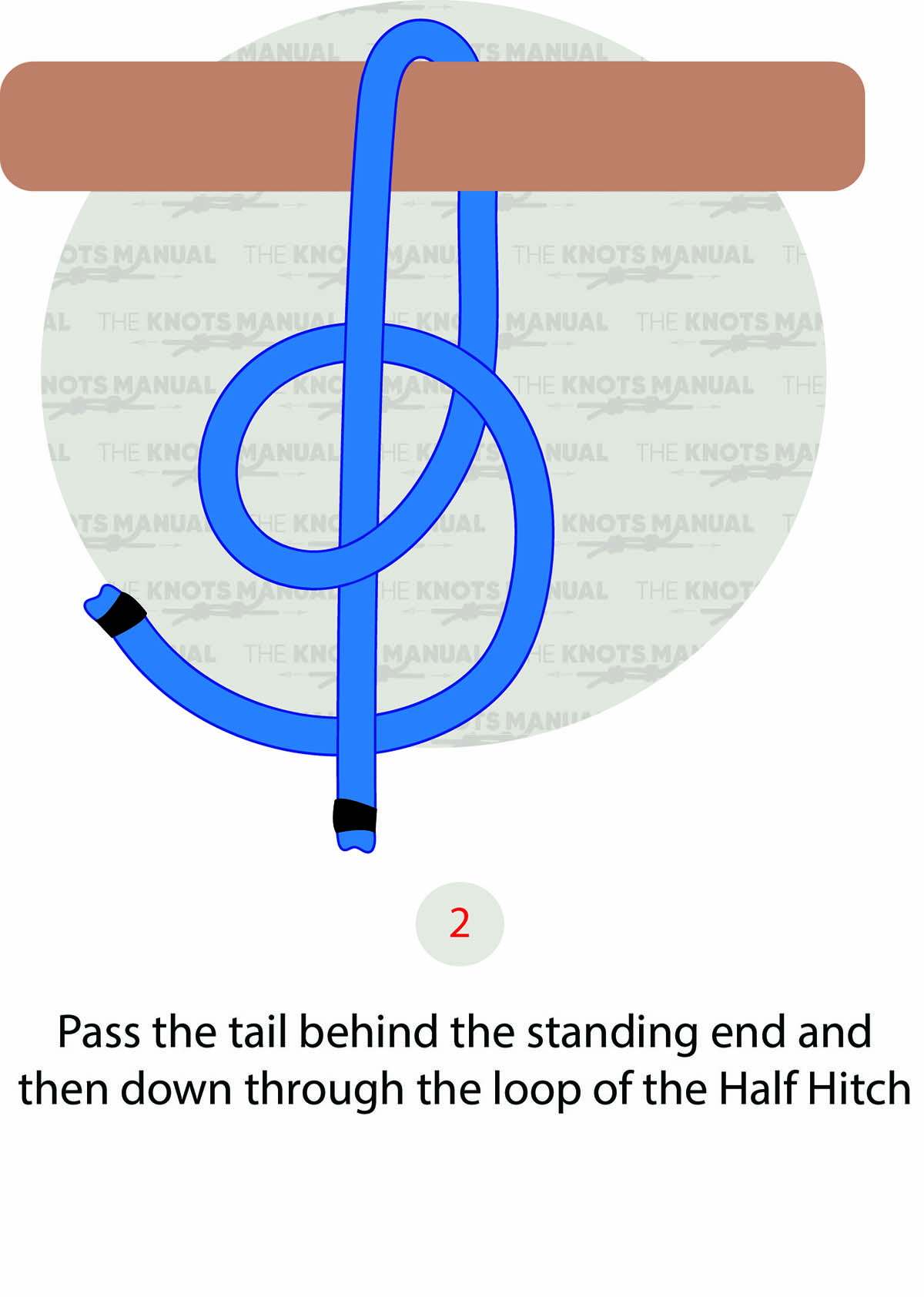
Now pass the working end behind the standing end.
Step 2a:
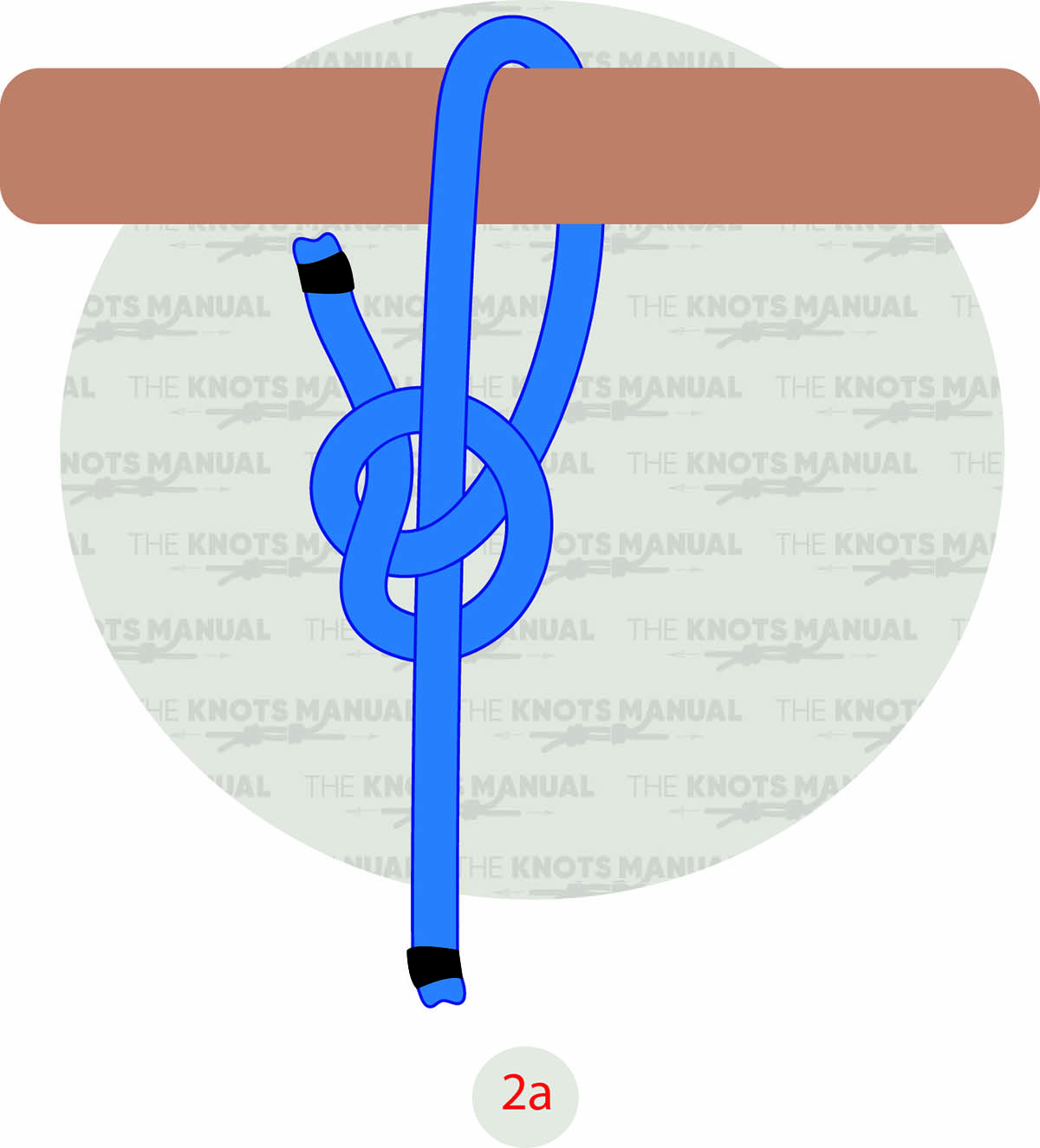
Pass it through the formed loop from the front side.
Step 3:
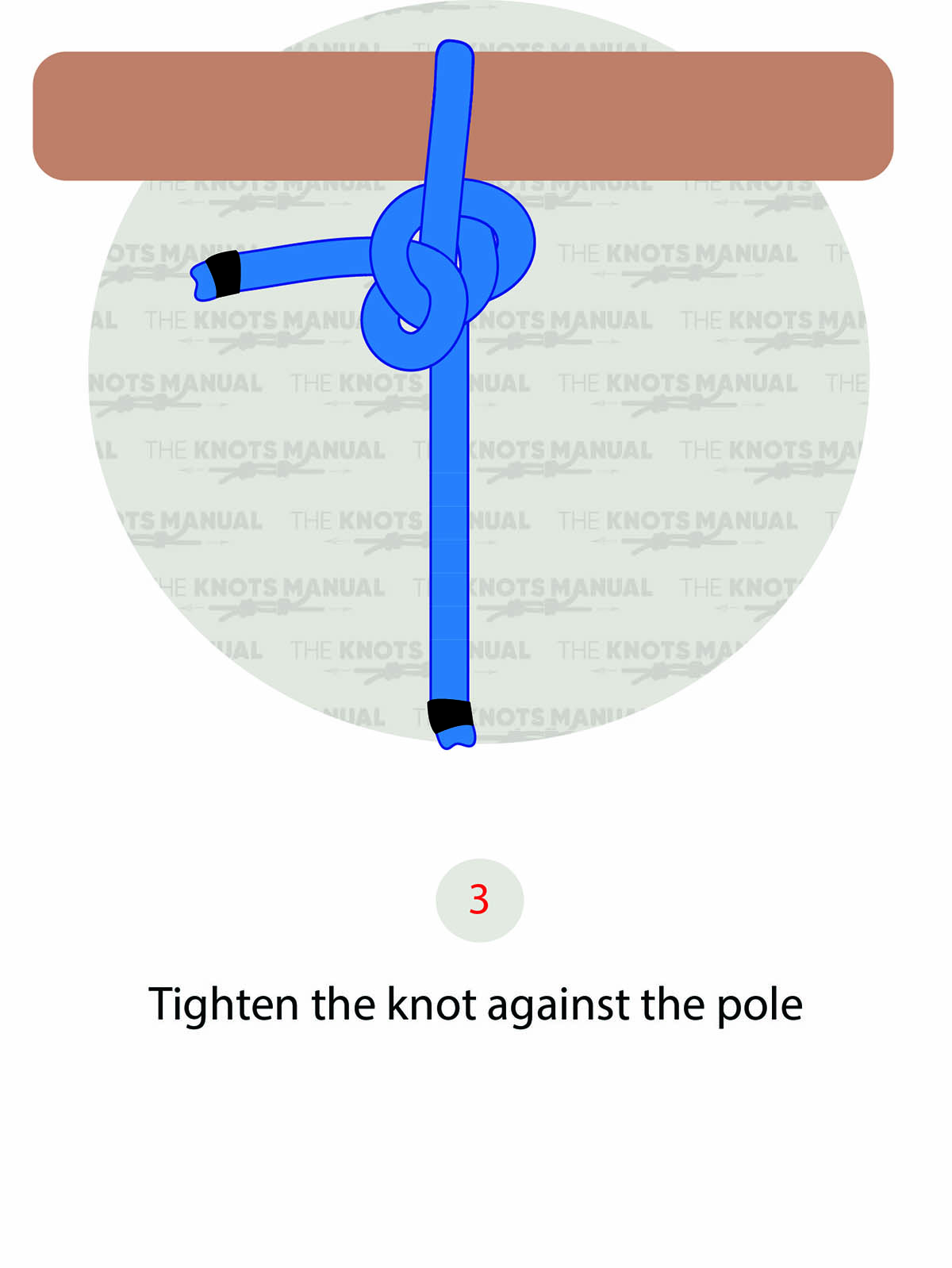
Tighten to finish the Gnat Hitch Knot.

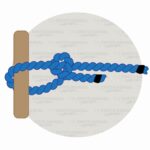

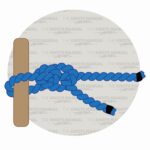

The gnat hitch is just a crabber’s knot (ABOK 1987) tied in the opposite direction. Either knot can be used as a hitch or an adjustable fixed loop.